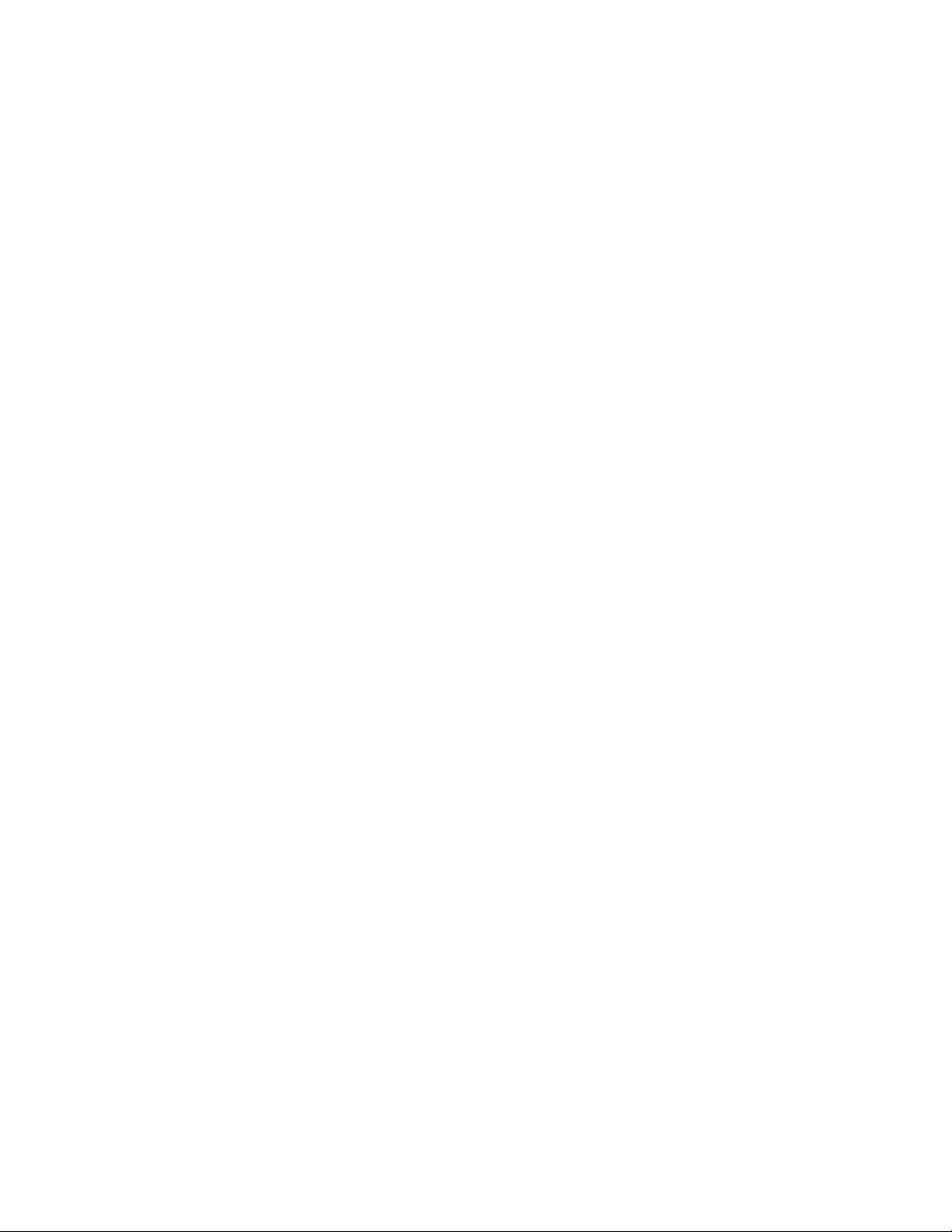
devising. He developed a general distrust of doctors
and, toward the end of his life, became convinced that
he was being poisoned. Gödel eventually stopped eating
altogether and died of starvation on January 14, 1978.
Gödel’s work in mathematical logic strikes at the
very core of the subject. His name and his results are
familiar to any undergraduate student having taken a
first course in formal logic.
See also G
ÖDEL
’
S INCOMPLETENESS THEOREMS
.
Gödel’s incompleteness theorems In 1900, D
AVID
HILBERT
posed 23 problems for future mathematicians.
The second of his 23 problems challenged the mathe-
matical community to find a logical base for the disci-
pline of mathematics, that is, to develop a formal
system of symbols, with well-defined meaning and
well-defined rules of manipulation, on which all of
mathematics could be based. Mathematicians, such as
B
ERTRAND
A
RTHUR
W
ILLIAM
R
USSEL
and his colleague
A
LFRED
N
ORTH
W
HITEHEAD
, took on the challenge
and made some progress in this direction. But in 1931
K
URT
G
ÖDEL
stunned the mathematical community by
proving once and for all that such an aim could never
be achieved.
Gödel’s first incompleteness theorem states that
any mathematical system sufficiently sophisticated to
incorporate the principles of arithmetic will necessarily
contain statements (theorems) that can neither be
proved nor disproved. Informally, this means that it
will never be possible to program a computer to
answer all mathematical questions.
His second incompleteness theorem (which is actu-
ally a consequence of the first) asserts that no system of
mathematical logic incorporating the principles of
arithmetic will ever be capable of establishing its own
consistency. That is, the proof that a system of mathe-
matics is free from
CONTRADICTION
will require
axioms and principles not contained in the system.
Gödel proved his theorems by assigning numbers
to the symbols used in a mathematical system (com-
mas, digits, left and right parentheses, etc.), and then
devising an ingenious method of assigning numbers to
all mathematical statements (combinations of symbols)
in the system. It was then possible to show that the
mathematical system contains a statement of the form:
“This sentence cannot be proved.” Of course, it is
impossible to prove or disprove such a statement.
Gödel’s work dashed centuries of hope of finding
a small set of basic axioms on which to base all of
mathematics.
See also
CONSISTENT
;
FORMAL LOGIC
;
TRUTH TABLE
.
Goldbach, Christian (1690–1764) Prussian Number
theory Born on March 18, 1690 in Königsberg, Prus-
sia (now Kaliningrad, Russia), Christian Goldbach is
best remembered in mathematics for the famous
unsolved conjecture that bears his name.
Goldbach studied in St. Petersburg and became a
professor of mathematics and historian at the univer-
sity in 1725. He traveled extensively throughout
Europe and established personal contact with a number
of prominent mathematicians of the time. Although
Goldbach studied infinite sums, the theory of equa-
tions, and the theory of curves, his most important
work was in the field of
NUMBER THEORY
, much of
which was conducted through correspondence with the
Swiss mathematician L
EONHARD
E
ULER
(1707–83).
One particular letter later garnered international atten-
tion. In it, Goldbach mentioned that every even number
seems to be the sum of two
PRIME
numbers. For
instance, he noted that 4 equals 2 + 2, 6 equals 3 + 3,
10 equals 3 + 7, and 1,000 equals 113 + 887. Unable
to find an instance where this was not the case, Gold-
bach asked Euler whether or not this was indeed a
property of all even numbers. Euler attempted to
resolve the issue but found that he was unable to estab-
lish the claim, nor find a
COUNTEREXAMPLE
to it. Later,
English mathematician Edward Waring published the
problem in his popular 1770 text Meditationes alge-
braicae (Meditations on algebra), properly attributing
the problem to Goldbach. The challenge garnered con-
siderable notoriety. Today called G
OLDBACH
’
S CONJEC
-
TURE
, the problem remains one of the most famous
unsolved challenges in mathematics.
Goldbach died in Moscow, Russia, on November 20,
1764. Apart from the conjecture that bears his name,
Goldbach is also remembered for his correspondence
with P
IERRE DE
F
ERMAT
(1601–1655) and for being one
of the few mathematicians at the time to understand the
implications of Fermat’s approach to number theory.
Goldbach’s conjecture In his 1742 letter to L
EON
-
HARD
E
ULER
, Prussian mathematician C
HRISTIAN
Goldbach’s conjecture 229